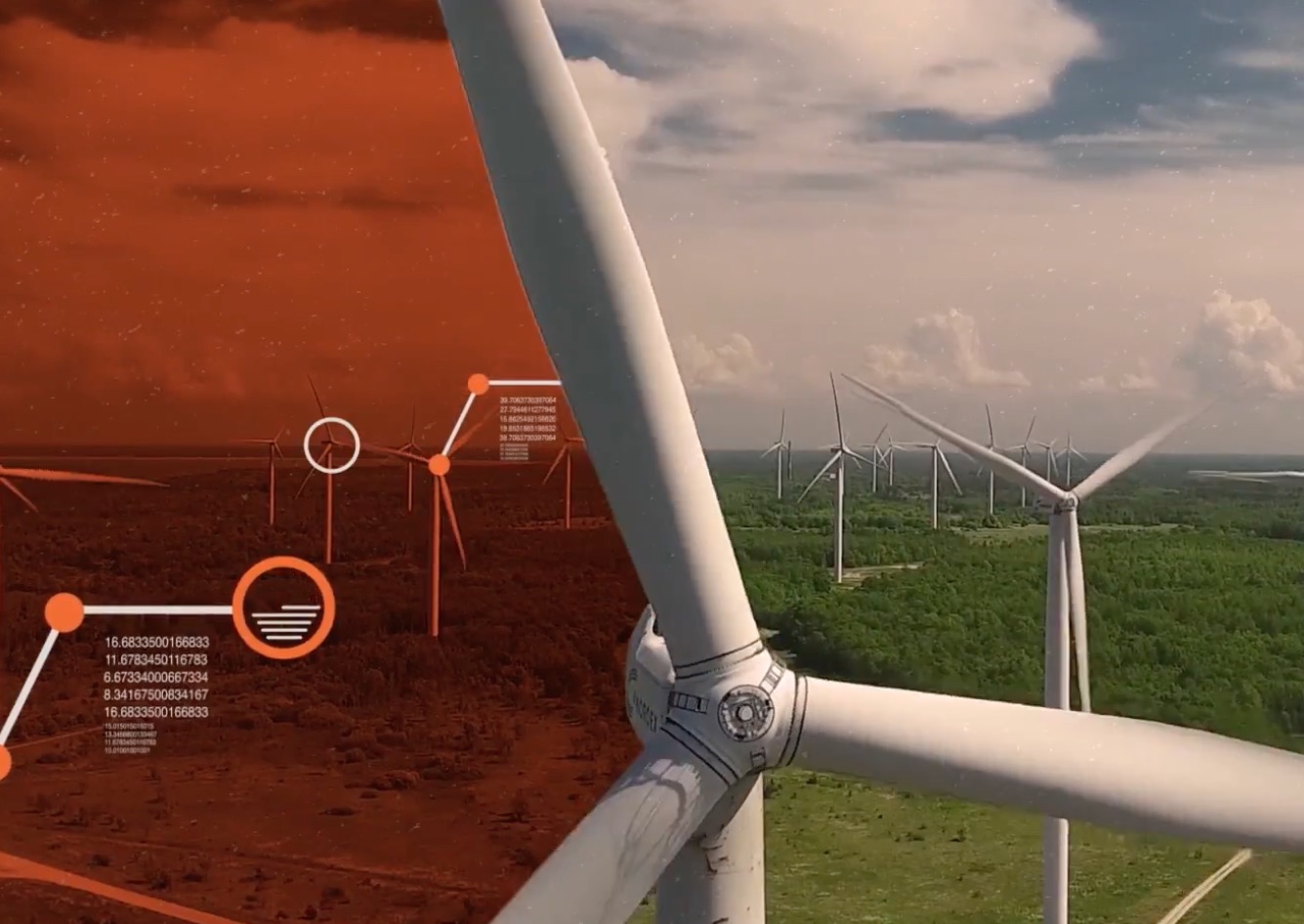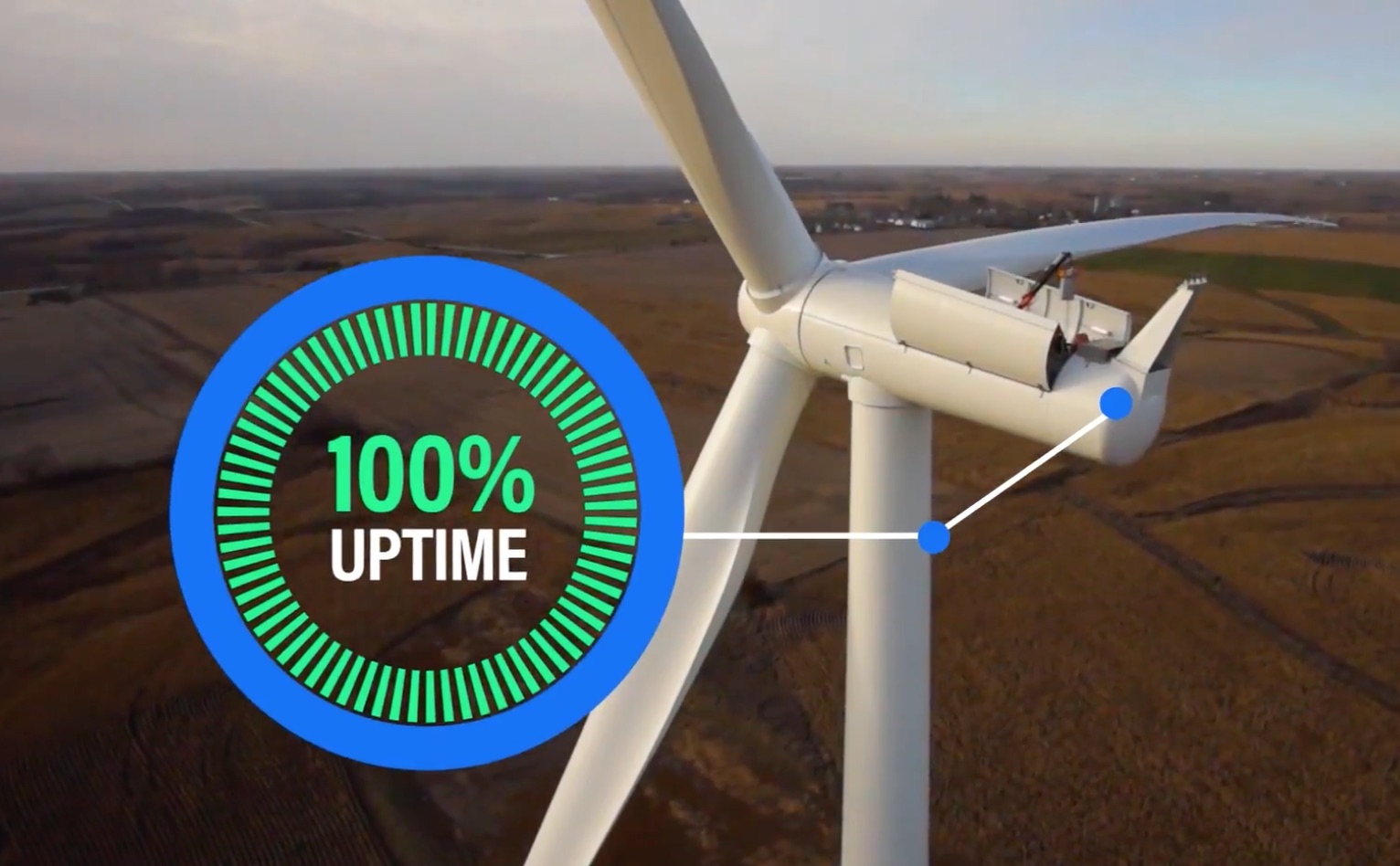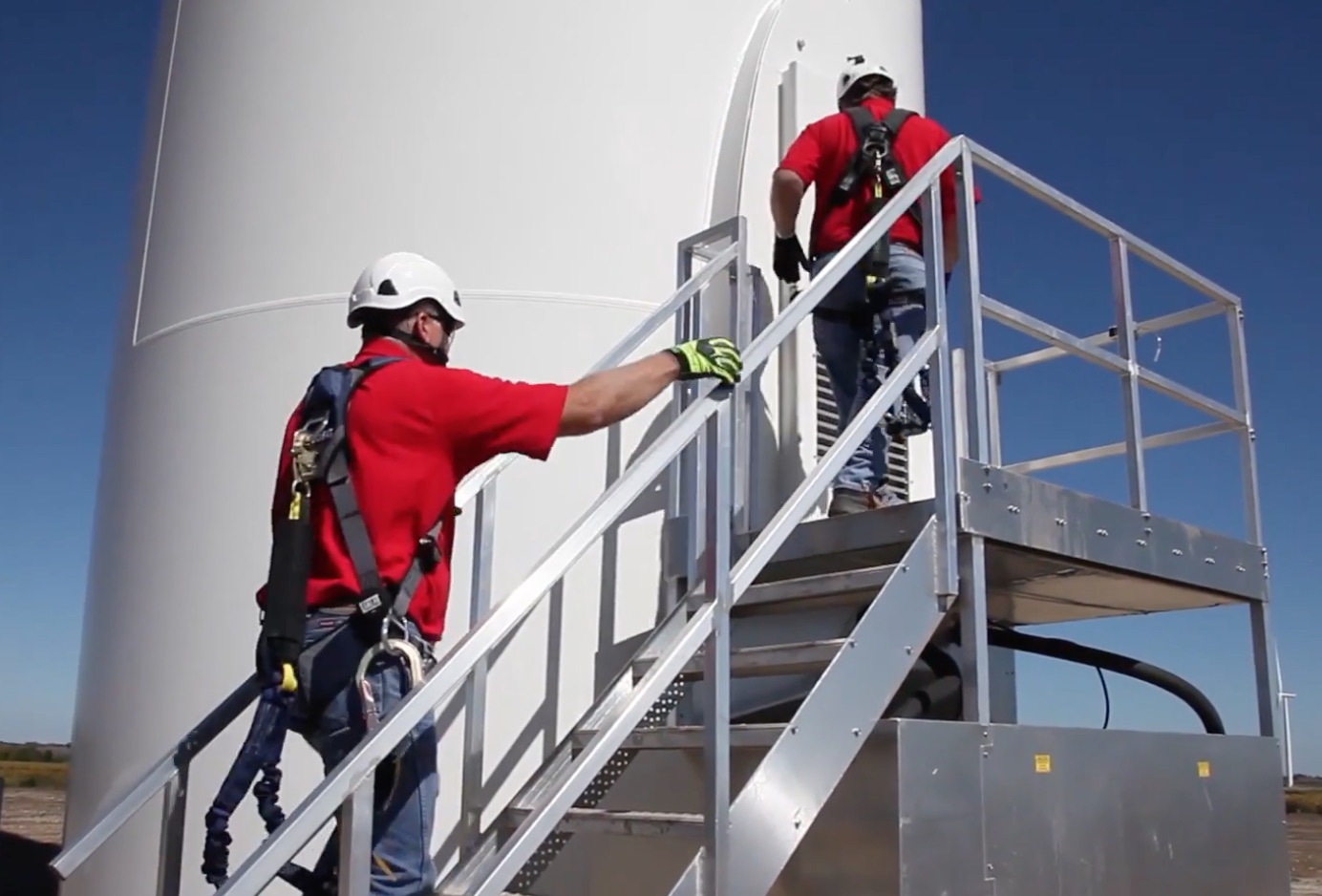Renewables Turn to Innovation amid Growing Uncertainty in 2018
 The renewable energy sector can count on one thing in 2018: uncertainty. The wake from last year's proposed changes in policy and taxes by regulators and Congress will continue to ripple across the industry-one that is already undergoing significant change. But in this uncertain environment, renewable energy sources are turning to innovation to stay competitive and to continue growing their share of electricity generation.
The renewable energy sector can count on one thing in 2018: uncertainty. The wake from last year's proposed changes in policy and taxes by regulators and Congress will continue to ripple across the industry-one that is already undergoing significant change. But in this uncertain environment, renewable energy sources are turning to innovation to stay competitive and to continue growing their share of electricity generation.
At the center of that innovation is data. Once largely confined to the consumer world, the internet has expanded its reach into industrial machines and equipment over the last five to ten years. Today's wind turbines and solar panels are outfitted with dozens of sensors. Data generated from those sensors can now be transmitted over ever-faster wireless spectrum and housed in cheap cloud storage. Combined with additional data from a number of other sources, this information helps owners and operators of renewables achieve greater transparency, reliability, and energy production.
In the Midwest, one fleet operator had a wind turbine reporting that it was unavailable to produce energy because there was no wind. Initially, the site supervisor had no reason to doubt the turbine's declared status. Turbines within the same park can be spread across acres of land, which means that each turbine experiences different weather conditions that affect wind speeds. Upon further investigation of this particular turbine, and when geospatial data was layered on top of the turbine data, something appeared off.
The turbine that reported no wind was next to another turbine that was producing energy. The culprit turned out to be a  miscalibrated anemometer (used to measure wind speed) on the turbine. This single error prevented the turbine's control system from allowing it to produce energy.
miscalibrated anemometer (used to measure wind speed) on the turbine. This single error prevented the turbine's control system from allowing it to produce energy.
The service provider didn't spot the problem, likely because the data was located in separate, disparate systems. The benefit of integrating different sources of data together is that it allows for more accuracy, which gives the owner of the turbine more transparency and control. That capability alone has the potential to lead to better operations and more energy production. It also allows operators to independently confirm that the machine is performing to its potential.
While data can better describe what's happening today, it can also predict what will happen tomorrow. By combining the massive amounts of information from machines with data science models, operators can see predictions of a component failure before it happens. Having more time and flexibility allows the repair to be made when the sun isn't shining or the wind isn't blowing. This significantly increases energy production and savings, while decreasing downtime.
Beyond increase energy production, data helps increase the reliability and predictability of intermittent energy sources, weakening the argument that wide scale adoption is not possible. When utilities know that they can count on this renewable wind energy, they don't have to fire up as many coal or gas plants to maintain base load energy levels. Greater reliability also leads to more profitable power purchasing agreements for renewable energy sources.
 These changes have provided opportunities for renewable energy that, even a few years ago, seemed out of reach. Across the United States, energy utilities have received regulatory approval to retire coal-fired plants. In many instances, these are being replaced with renewable energy generation. A major energy utility plans to retire two of its Colorado coal plants ahead of schedule; in their place, a significant portion of the energy generation will come from wind. And in Texas, wind energy generation is projected to overtake coal generation, after a 2.3 gigawatt coal plant shuts down in 2018.
These changes have provided opportunities for renewable energy that, even a few years ago, seemed out of reach. Across the United States, energy utilities have received regulatory approval to retire coal-fired plants. In many instances, these are being replaced with renewable energy generation. A major energy utility plans to retire two of its Colorado coal plants ahead of schedule; in their place, a significant portion of the energy generation will come from wind. And in Texas, wind energy generation is projected to overtake coal generation, after a 2.3 gigawatt coal plant shuts down in 2018.
While 2018 will likely yield more stories similar to what is happening in Texas and Colorado, renewables' long-term success is not guaranteed. The levelized cost of renewable energy will have to continue to drop and its reliability and production will have to increase even more.
That's why the advances in technology that make it possible to use data to predict problems before they occur and provide greater visibility into renewable asset performance could not have come at a better time.
Just as the past success of renewables in North America has been built on constant innovation, it's future will have to be too. In 2018, that is the only thing that is certain.
 Ryan Blitstein is the Vice President of renewable energy at Uptake, a predictive analytics company in Chicago.
Ryan Blitstein is the Vice President of renewable energy at Uptake, a predictive analytics company in Chicago.
Uptake | www.uptake.com
Volume: 2018 January/February








